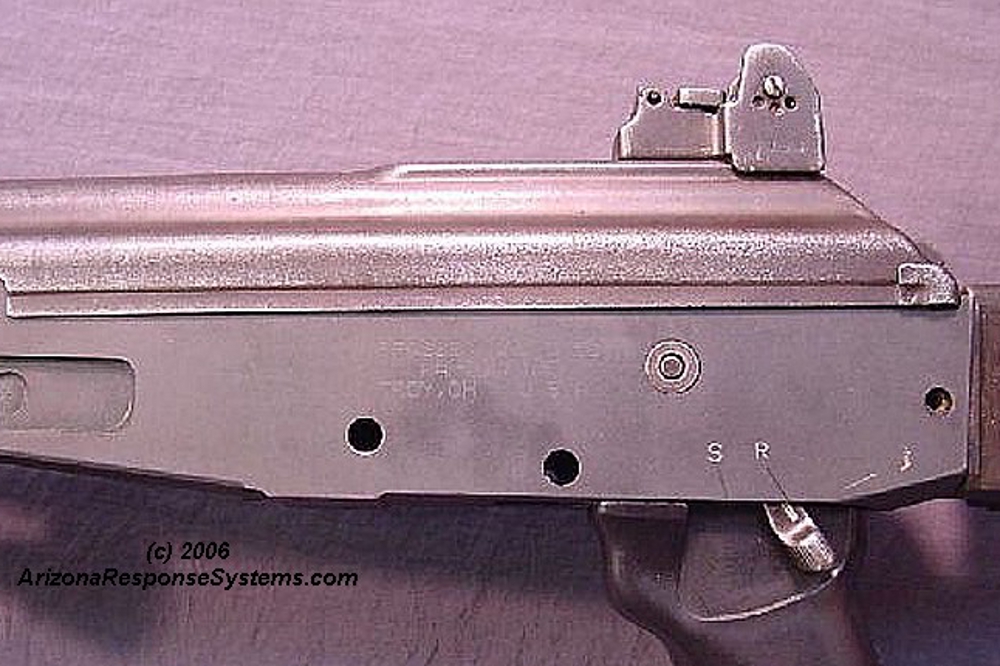
AK Review: Ohio Rapid Fire Gen 1 Galil Receiver
(updated 03-17-2020)
Introduction
The following information may be of assistance to the home builder considering a build on an ORF receiver. The ORF receiver is the only non-IMI receiver of any potential on the market today, but it does have issues that are a challenge to the experienced builder and may be insurmountable to the novice.
Selector and Dustcover
This receiver has the proper selector and dustcover location. The selector, when elevated, mates with the top cover. The second receiver has a mislocated axle hole for the selector.
Shoulder Stock Retaining Pin Hole
The hole for the stock retaining pin is mislocated. It is lower on the right side than the left. Possible solution is to drill the hole oversize and use a larger retaining pin. You could also chase the hole leaving it slightly oblong and fill the stock recess with silicone when installing the stock. Factory Galils come with the stocks glued in addition to the pin. The second receiver shows the same dimensional error from both sides.
Selector Lever
The selector located dimple in the receiver indexes the selector above the selector stop on one receiver. On another receiver, the selector hit the stop prior to aligning with the receiver detent. The mag catch provided by ORF required grinding for magazine height. It also required heavy grinding to clear the mag catch spring. IMI mag catches have a ground out area to provide clearance between the mag catch spring and its axle. The photograph shows the substantial difference between an IMI selector stop and the one provided by ORF.
Overall Appearance
On a positive note, the external cosmetics are very well done. ORF opted for the original full-auto design which uses a left side selector that bulls to the rear for fire and pushes forward for safe. The reasoning was probably due to parts availability as the semiauto style of pushing forward for fire requires a different selector for the left side, a different pistol grip retaining block and special pin for the block. The parts kits on the market come with the former style of selector. Due to the larger hole on the receiver, the semiauto style selector cannot be used. While the pulling motion versus pushing may feel awkward at first to some users, the full auto style selector is longer and has greater mechanical advantage than the shorter linkage in the semiauto, making for easier manipulation
Inside Machining
The inside of the receiver lacks the fine cosmetics of the outside. The rails are machined out of parallel. They must be filed straight. The inside walls of the receiver are inconsistent in thickness. You can also see where the cutter changed elevation on the left rail. These deficiencies require careful filing, and grinding but are relatively easy to do.
Gas Tube
Recoil Spring Groove
One of the receivers I examined was full of metal shavings. The groove for the recoil spring assembly was correct on this receiver. On another it was undersize.
Ejector
The ejector was mismachined and soft enough to burr by manually pushing the bolt and carrier across it. Another receiver had the ejector deform after firing less than 30 rounds.
Feed Ramp
The feedramp rivit on this receiver appears okay. On another build, the rivit was so high that the bolt could not rotate without hitting it. The feedramp is not an IMI part. On another gun I built either this part is incorrect, or the receiver section to which it is riveted is incorrect, as it sits too high and causes feeding problems.
Barrel Timing
The barrel times 180 degrees off. I tried several take-off barrels that timed within 45 degrees short or 5 degrees past TDC on IMI receivers. This barrel times within the same normal range on an IMI receiver. All of the ORF receivers I tried had the same timing problem. As the galil barrel is chrome lined, cutting chambers deeper is not an option. This feature is the most difficult to correct as it requires careful modification of in-spec bolt and carrier to obtain correct headspace. Another receiver I examined had the left side of the receiver the bolt carrier contacts off, which caused the bolt carrier to bottom out prior to the bolt rotating to lock.
Locking Recesses
Closely related to the barrel timing issue is the angle and dimensions of the receiver locking area. While there is supposed to be a radial camming angle, the receiver shoulders do not match the locking surfaces of IMI bolts. Combined with the barrel timing, this was the most time consuming part of the build, as I had to carefully machine and hand lapp the components to get full bolt rotation.
Conclusions
The ORF receiver is the only one on the market other than scarce and expensive IMI receivers. It is wonderful that Todd Grove at ORF has spent so much time and effort to produce a high demand item like this receiver. The external machining is beautiful. The internal machining, while not of the quality seen on the outside, is a correctable annoyance. Some moderate cleanup will correct these dimensional issues. The relationship between the barrel and receiver face (timing), the bolt to the locking shoulder and barrel face (headspace) are significant and require some degree of experience and skill to work around. The ejector has me concerned. I discussed annealing and tempering the ejector on one receiver with the customer and we chose to wait and see if it deforms any more.


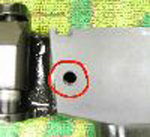
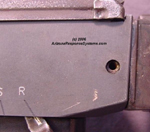

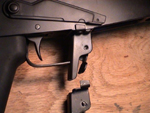





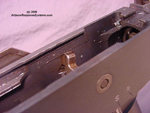

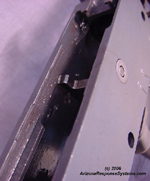

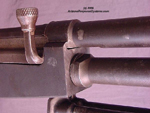
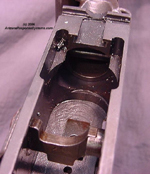
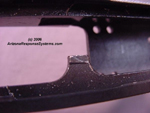
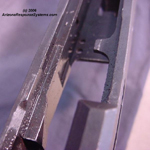
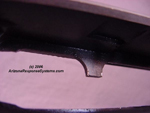
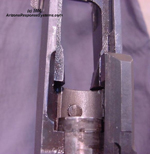
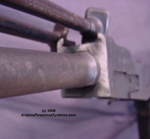

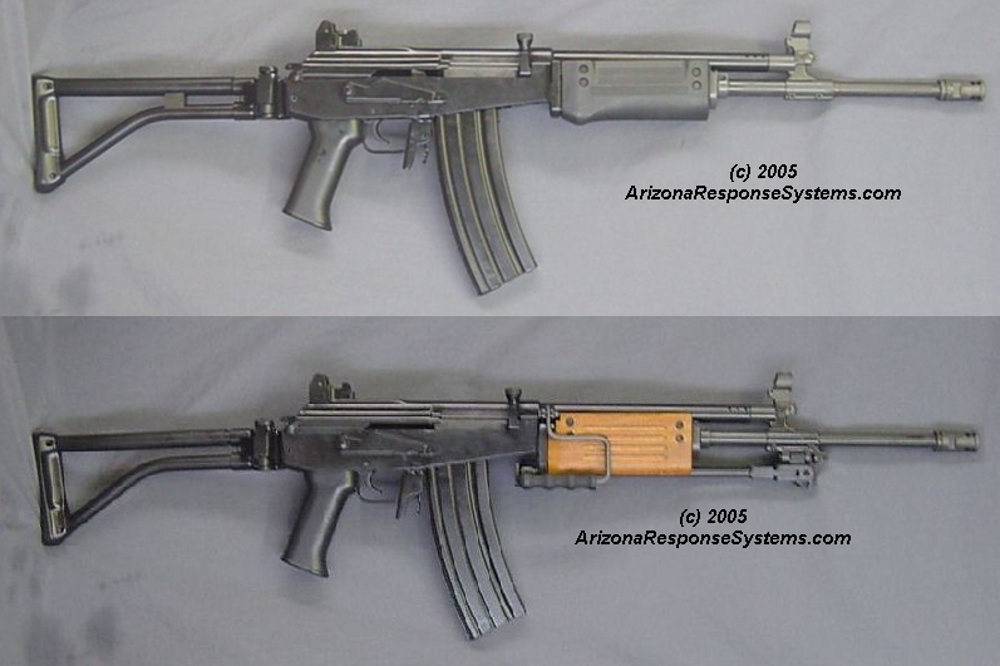
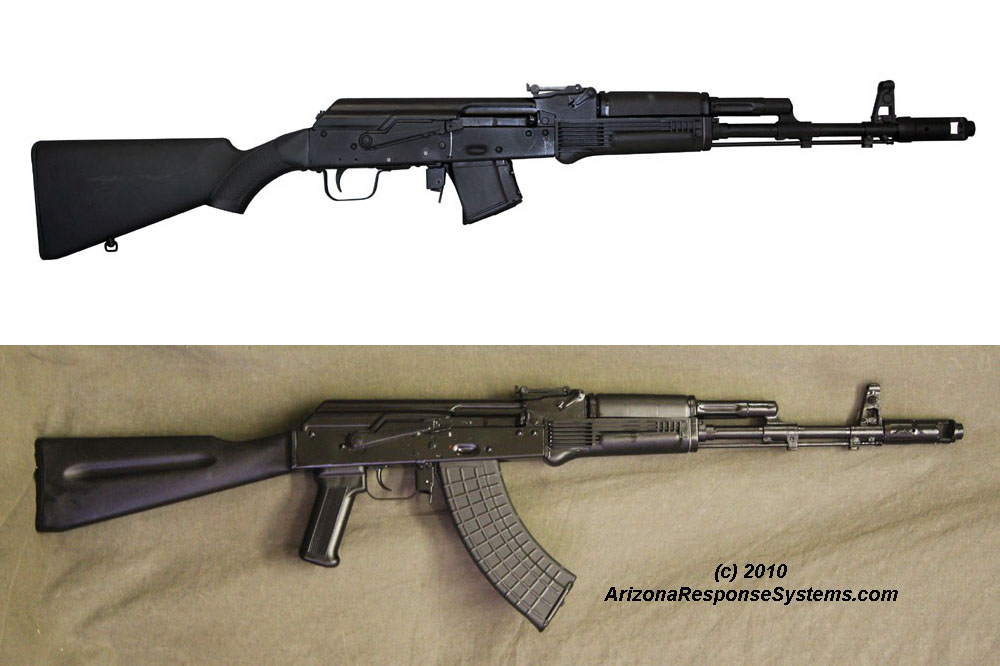
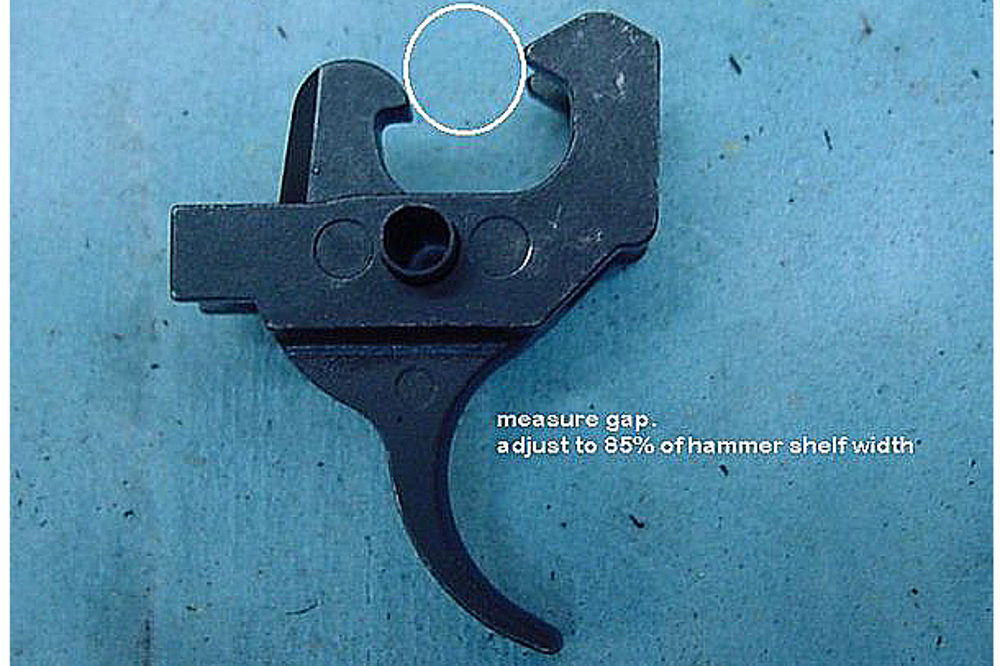
Leave a Reply
You must be logged in to post a comment.